In the latest round of local ANCAP safety testing, the new Toyota Prado and Kia EV5 both demonstrated high levels of safety, achieving five-star ratings.
However, the new-gen Suzuki Swift fared poorly, with a one-star rating overall. The 2017 model rated five stars which reflects a more stringent testing regime in 2024.
Prado rated a five-star ANCAP safety rating across the range, following its recent introduction on both sides of the Tasman.

It scored of 85 per cent for Adult Occupant Protection, 89 for Children, 84 per cent for Vulnerable Road Users, and 82 per cent for Safety Assist. So pretty consistent across all sectors.

Points were lost for adult protection achieving Adequate and Marginal results for driver’s lower leg and chest, respectively. For the two child dummies seated in the second row, protection was Good, the Prado achieving top points.
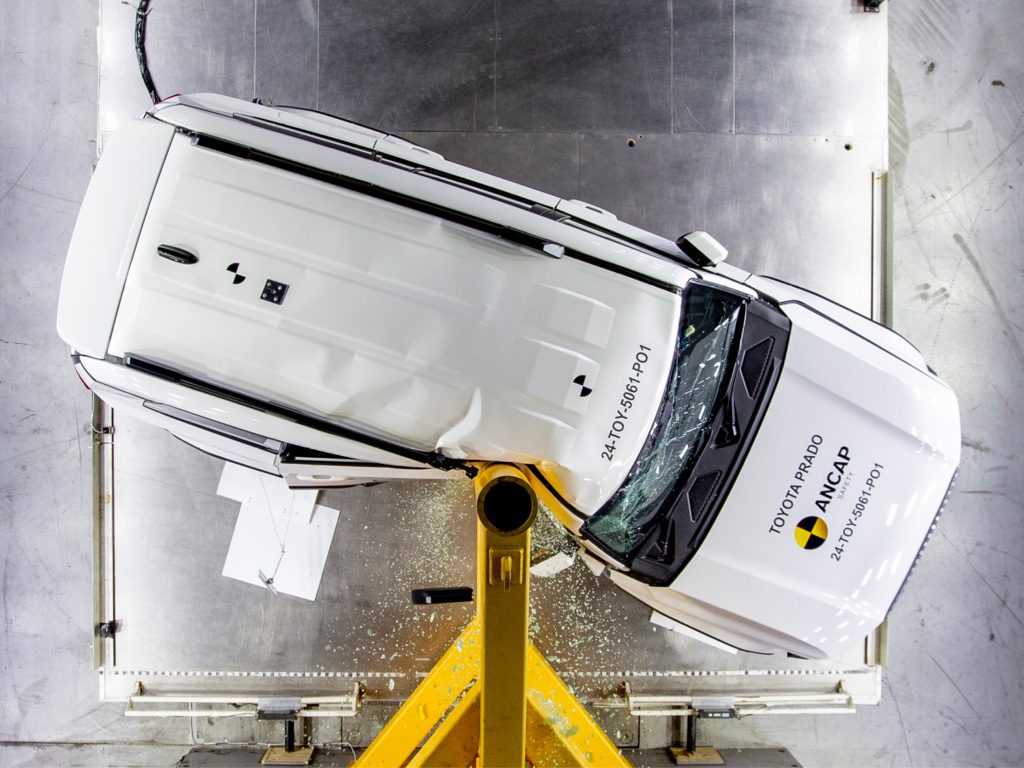
It also has plenty of active collision avoidance features that can detect what’s ahead. Prado recorded another Good performance across most on-track test scenarios.

ANCAP Chief Executive Officer, Carla Hoorweg, said “The new Toyota Prado delivers a robust level of safety that aligns with the expectations of fleet buyers and everyday consumers.”
All variants of the Australasian Kia EV5 also achieved a five-star rating. ANCAP testing of the mid-size SUV revealed a good overall performance. It also achieved an impressive vehicle-to-vehicle compatibility score. Overall, the Kia EV5 scored 88 per cent for adult occupant protection, and 86 per cent for child occupant protection. For vulnerable road user protection it scored 74 per cent and 82 per cent for safety assistance.
Minimum scores of 80 per cent, 80 per cent, 70 per cent, and 70 per cent are required, respectively, to achieve a five-star rating under the latest ANCAP criteria.

Maximum points were scored for the driver in the side impact test and both child dummies in the frontal offset test. It was the same for AEB car-to-car collision avoidance performance. Top marks also for its post-crash credentials including multi-collision braking, and vehicle submergence countermeasures.
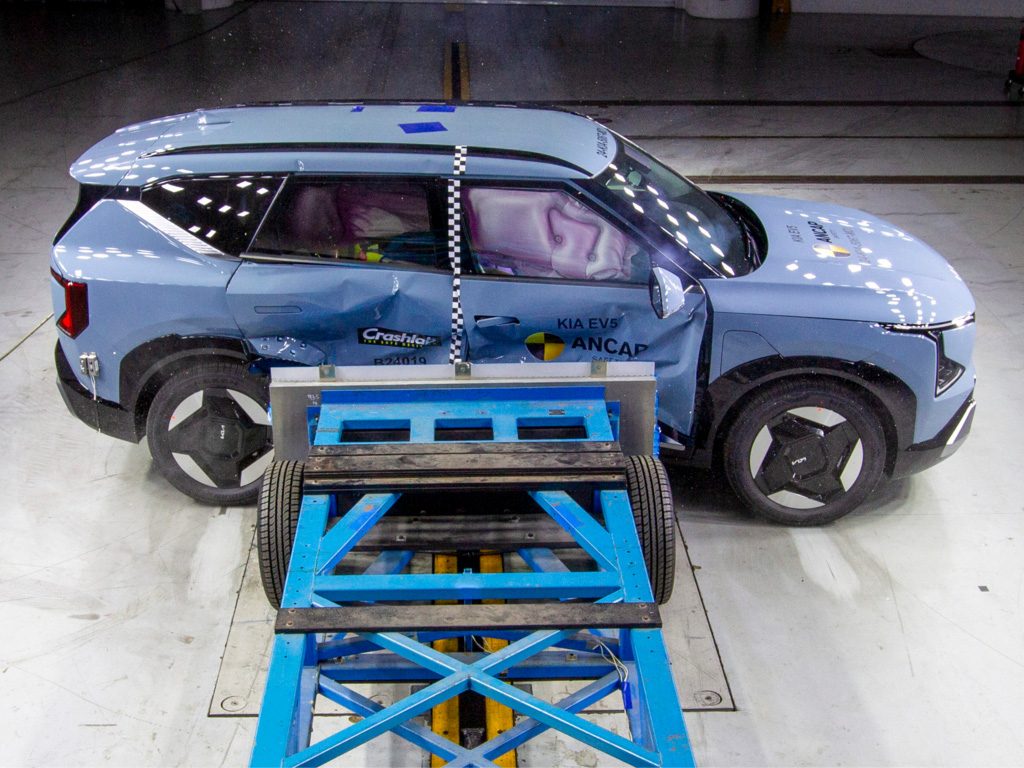
Some areas for improvement were noted, including reduced level of head-to-head contact protection to front seat occupants in the oblique pole test. There was also the potential for hard knee contact amongst front seat occupants in the frontal offset test. Penalties were applied for these.
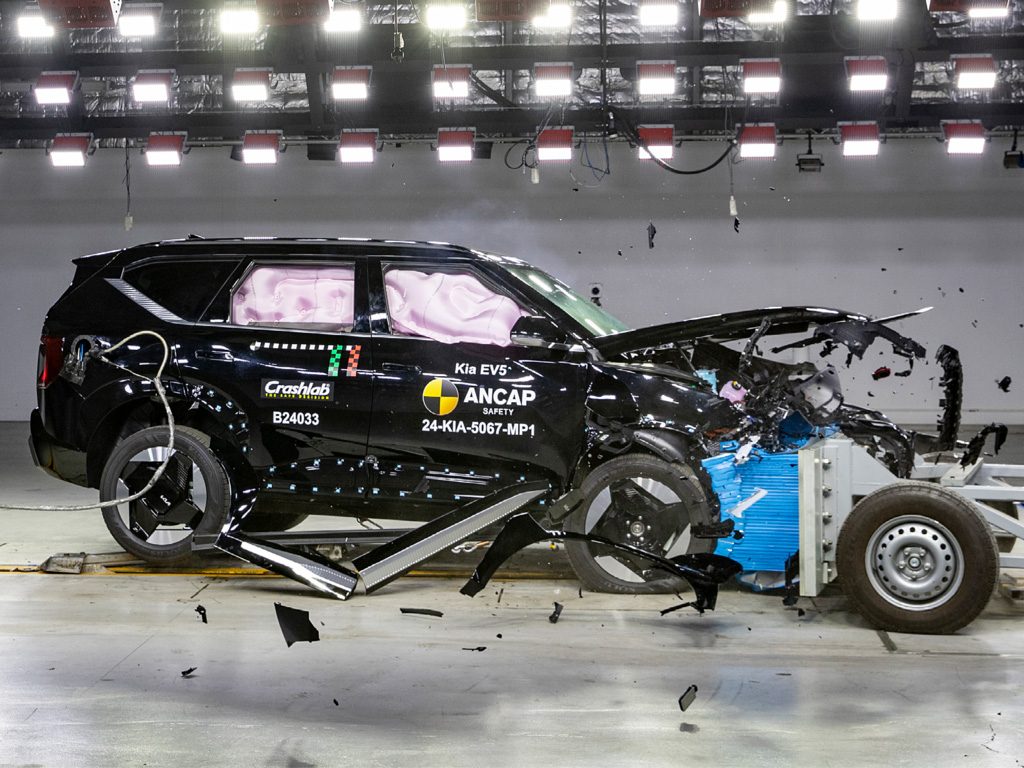
Ms Hoorweg commented that the Kia EV5 showed notable areas of good performance. But she said there are some areas Kia will look to enhance.
The fourth generation Suzuki Swift entered Australasian markets earlier this year. At that time, Suzuki Australia advised that the safety specification of vehicles sold locally differed from those sold in Europe. Additional testing was undertaken by ANCAP to accurately assess the performance of the local market models.
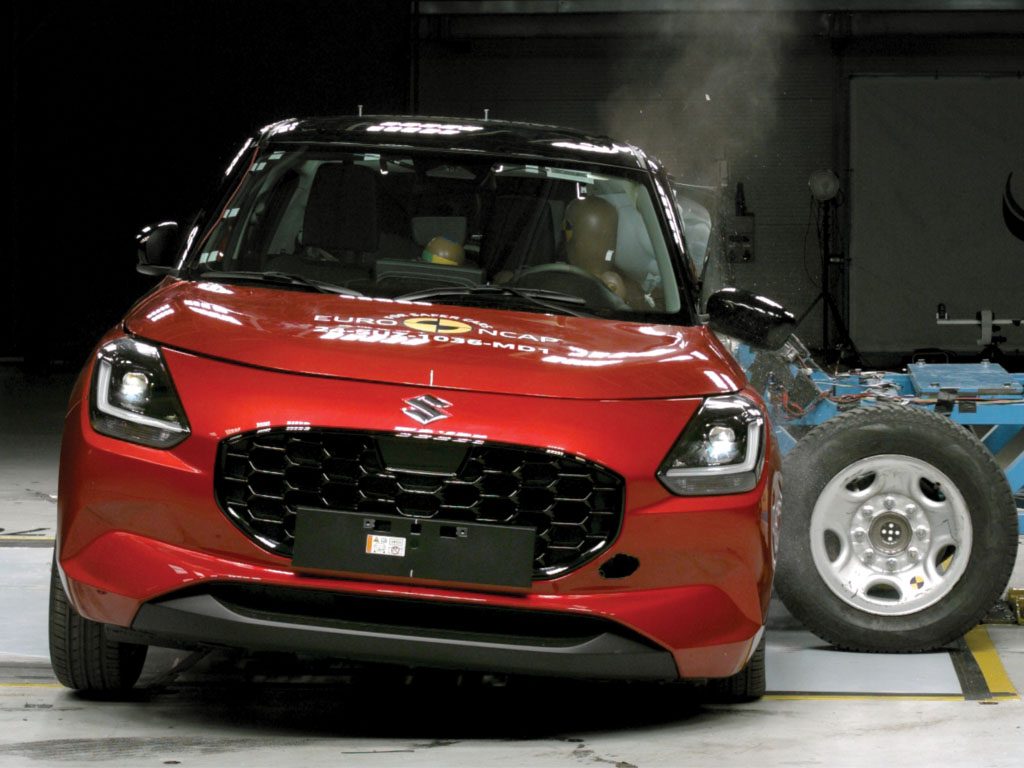
This testing highlighted areas of concern, with the Swift’s physical crash protection performance resulting in a one-star safety rating. A score of 47 per cent was achieved for Adult Occupant Protection. Swift scored 59 per cent for Child Occupant Protection. Its collision avoidance performance was also limited, with a score of 54 per cent recorded in the Safety Assist section. The only pass mark it rated was in the Vulnerable Road User sections where the Suzuki rated a 76 per cent score.
Ms Hoorweg commented “In comparison to the three-star rating achieved by Swift vehicles sold in Europe, vehicles sold in Australia and New Zealand performed differently when crash tested.”

In the frontal offset and full-width crash tests, there were higher chest loads and leg injury risk to the driver in the frontal offset test. A significantly greater rear passenger chest compression measurement was recorded in the full-width test. The measurement exceeded allowable limits. Protection of the chest was therefore assessed as Poor resulting in 0 points awarded for this test.
“The design of some of the structural elements and restraints in locally-sold Swift vehicles appears to lack robustness, leading to variation in crash performance,” Ms Hoorweg said.
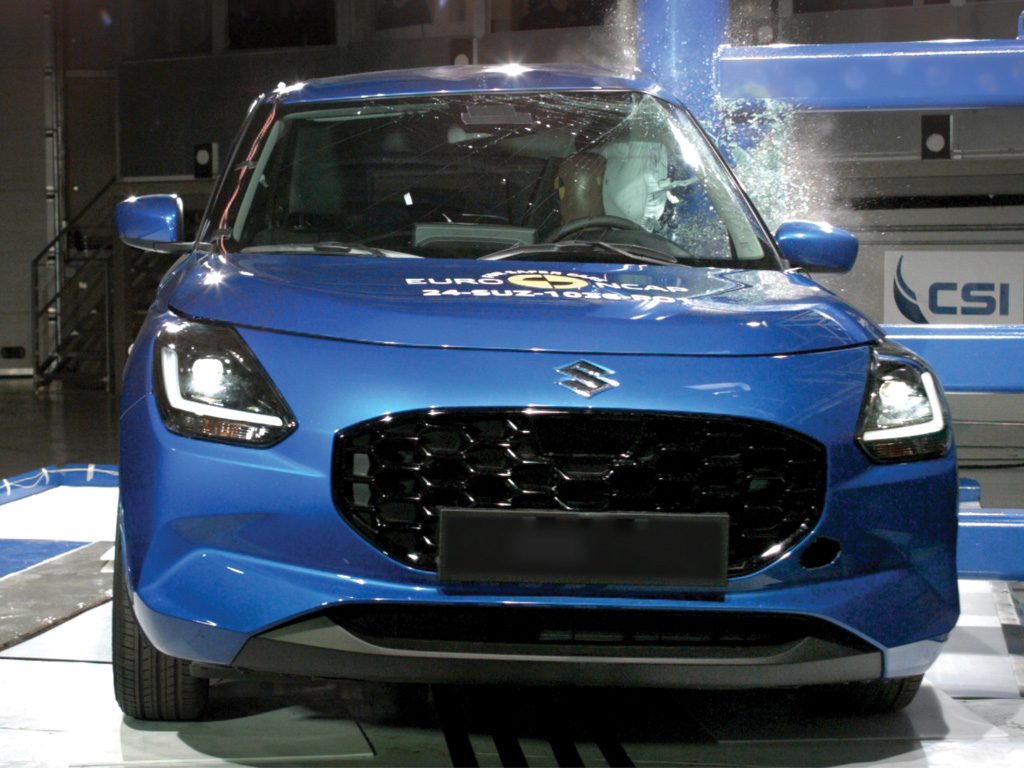
Poor scores were also recorded for the head and chest of the child dummies in the head-on and side-impact crash test scenarios.
The Suzuki Swift is the latest model to enter the Australasian market with different safety credentials to its European counterpart.
“This one-star result serves as an important reminder for prospective buyers to check the ANCAP safety rating of the vehicle they’re looking to buy,” she concluded.


